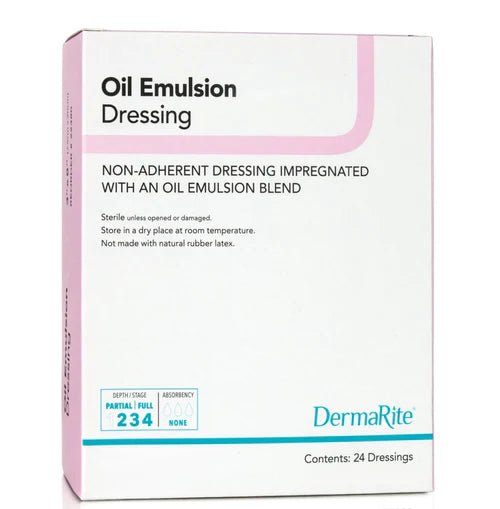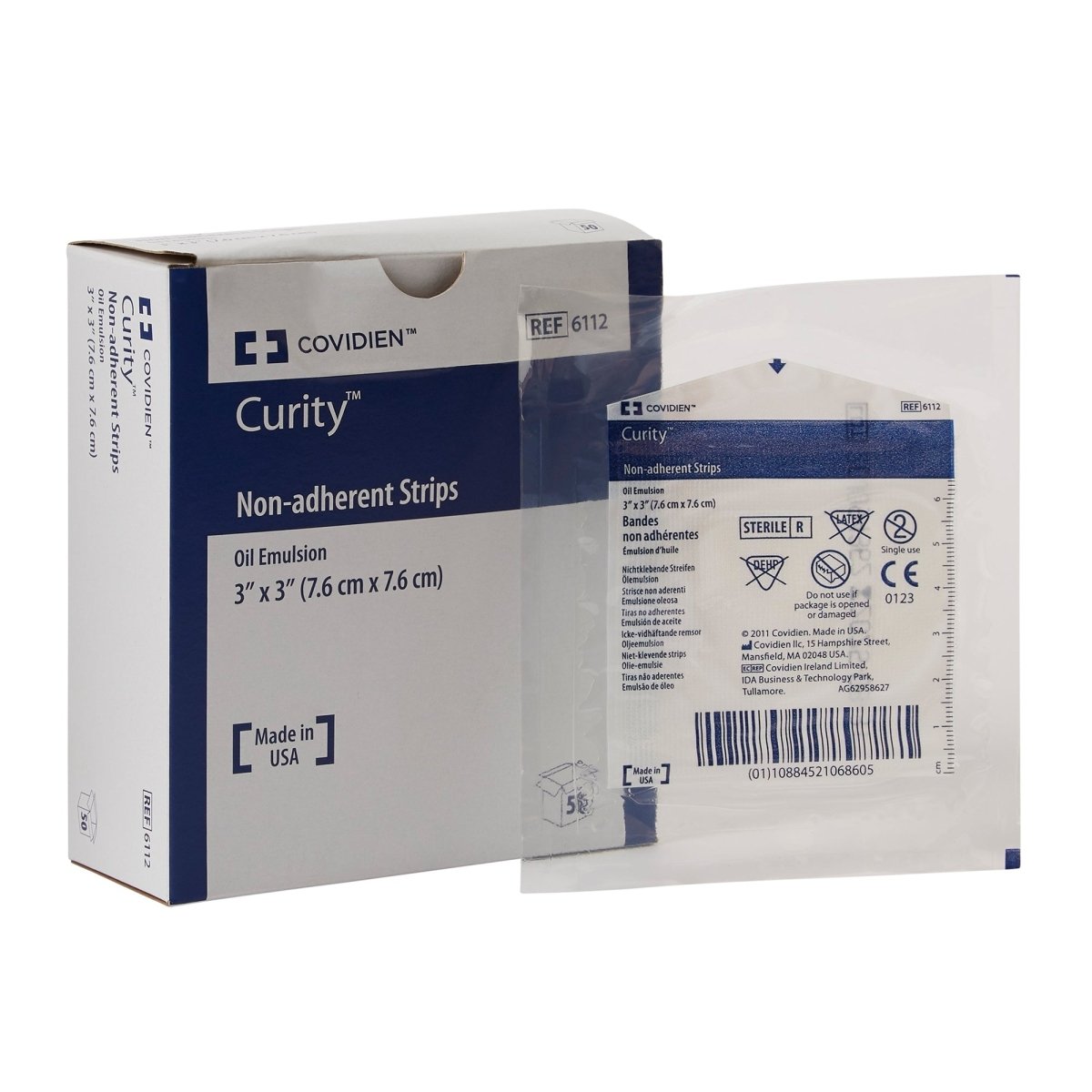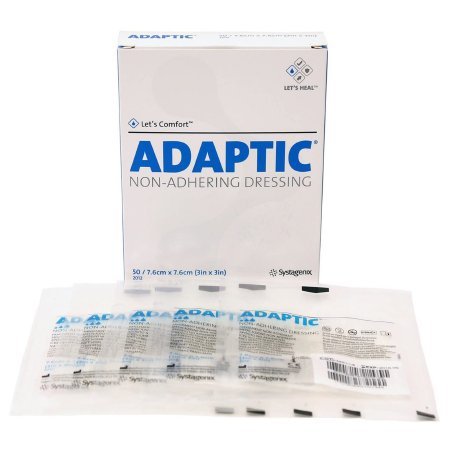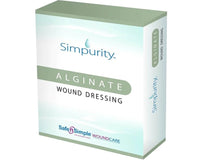Table of Contents
The Remarkable Benefits of Oil Emulsion Dressing in Modern Wound Care
Introduction
In the world of modern wound care, medical advancements continue to evolve, providing healthcare professionals with cutting-edge solutions to promote effective healing and reduce the risk of infection. One such innovation that has gained significant traction is oil emulsion dressings. This article delves into the unique qualities and benefits of them, explaining why it has become a preferred choice for wound management.
What is Oil Emulsion Dressing Used For?
Oil emulsion dressings are a sophisticated wound dressing composed of a blend of medical-grade oils and water emulsions. This formulation creates a semi-permeable barrier that offers numerous advantages in the wound healing process. The dressing's primary function is to maintain a moist wound environment, a critical factor in promoting optimal healing rates and minimizing scarring.
The Role of Moist Wound Healing
Maintaining a moist wound environment has proven to be highly beneficial for wound healing. Dry wounds are more likely to form crusts, causing discomfort and impeding the body's natural healing mechanisms. Oil emulsion fosters an ideal environment for cell migration, collagen synthesis, and angiogenesis, essential processes for tissue regeneration.
Enhanced Exudate Management
Exudate, the fluid that oozes from wounds, can impede the healing process if not adequately managed. Oil emulsion dressing's unique composition helps absorb excess exudate while simultaneously preventing the wound from drying out. This balanced exudate management promotes a faster healing trajectory and minimizes the risk of infection.

Advantages of Oil Emulsion
When compared to traditional wound dressings, emulsion dressings offers an array of distinctive advantages that contribute to its effectiveness and patient comfort.
- Optimal Moisture Balance: Oil emulsion dressing maintains a delicate balance of moisture, which not only aids in the healing process but also reduces pain and discomfort associated with dry wounds.
- Non-Adherent Surface: The dressing's non-adherent surface ensures that it does not stick to the wound bed, making dressing changes less painful for patients.
- Extended Wear Time: Due to its excellent moisture retention properties, Oil Emulsion Dressing allows for extended wear time, reducing the frequency of dressing changes and the associated costs.
- Versatile Applicability: Oil Emulsion Dressing is suitable for a wide range of wounds, including pressure ulcers, diabetic foot ulcers, surgical wounds, and first-degree burns, making it a versatile option in wound care management.
Clinical Evidences and Success Stories
The efficacy of Oil Emulsion Dressing in wound management is supported by a wealth of clinical evidence and success stories. Multiple studies have demonstrated its positive impact on wound healing rates, with accelerated closure times and reduced infection risks reported across various wound types and patient populations.
One such study published in the Journal of Wound Care examined the use of Oil Emulsion Dressing in chronic wound management.
The results revealed that patients treated with Oil Emulsion Dressing experienced a significant reduction in wound size and demonstrated higher healing rates compared to conventional dressings.
Furthermore, real-world experiences from healthcare professionals have highlighted the remarkable outcomes achieved with oil emulsion dressings. One of those dressings is the Curity Oil Emulsion Impregnated Dressing by Covidien. Many practitioners have witnessed notable improvements in their patients' wound healing journeys, resulting in enhanced patient satisfaction and overall treatment success.
Best Practices for Using Oil Emulsion Dressing
To optimize the benefits of Oil Emulsion Dressing, healthcare providers should follow these best practices:
- Thorough Wound Assessment: Before applying the dressing, a comprehensive assessment of the wound is essential to determine its suitability. Factors such as wound size, depth, and exudate levels should be considered.
- Proper Application Technique: Healthcare professionals should follow the manufacturer's guidelines for correct dressing application. Ensuring the dressing covers the wound adequately helps maintain the desired moist environment.
- Regular Monitoring: Routine wound assessment and monitoring are crucial to track the healing progress and identify any signs of infection or complications promptly.
Conclusion
Oil emulsion dressing has emerged as a game-changer in modern wound care, revolutionizing the way we approach wound management. Its ability to maintain an optimal moisture balance, coupled with the advantages of extended wear time and versatile applicability, sets it apart as a superior choice for wound dressing.
Supported by clinical evidence and real-world success stories, this innovative dressing has undoubtedly become a pivotal component in enhancing patient outcomes and raising the standards of wound care in medical practices worldwide.












